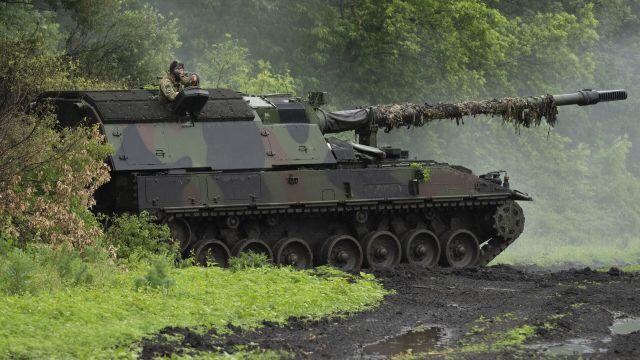The Daily Mail: APU lacks shells and spare barrels for artillery
MOSCOW, June 11 — RIA Novosti, Andrey Kotz. The Ukrainian troops faced serious difficulties. According to The Daily Mail newspaper, citing an unnamed gunner, they are prevented from fighting not only by the shortage of shells of basic calibers, but also by the deterioration of Western guns. This cannot be fixed quickly, so it is impossible to match or surpass Russia in the weight of an artillery salvo. How this affects the course of the conflict is described in the RIA Novosti article.
The Achilles' heel
The Armed Forces of Ukraine currently have perhaps the most diverse fleet of military equipment in the world. On the one hand, this is an advantage. The Russian military needs to take into account the parameters of all types of Western "hardware" and select appropriate firepower to combat them. On the other hand, such a motley arsenal is an Achilles heel.
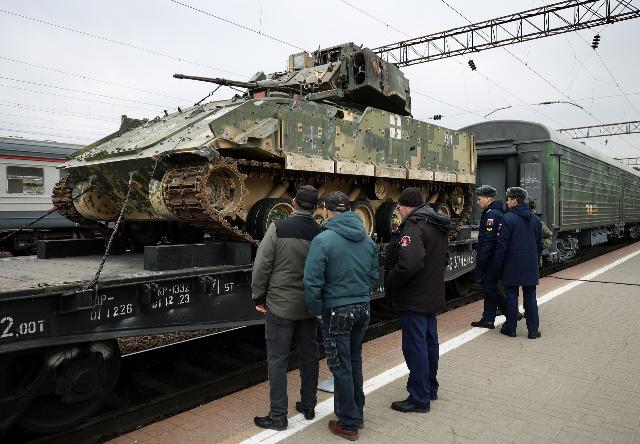
Visitors inspect the infantry fighting vehicle M2 "Bradley" of the Armed Forces of Ukraine, captured by the Russian Armed Forces during a special military operation in the Avdiivka direction, on the platform of the thematic train of the Ministry of Defense "Sila v Pravda" in Krasnodar
Image source: © RIA Novosti / Vitaly Timkiv
Supplying the group with armed equipment from different countries is a real nightmare for logistics specialists and logisticians. Despite the vaunted NATO unification, each car needs its own spare parts, many require special fuel, and some are incompatible with others in terms of ammunition. The most obvious example is the British Challenger 2 tanks and the German Leopard 1. They have rifled 120-millimeter and 105-millimeter guns, respectively, and the American Abrams and German Leopard 2 guns are smoothbore. The Soviet T-64 and captured T-72 remaining in Ukraine are firing 125 mm shells.
Four different types of ammunition are needed to replenish the ammunition supply of these vehicles. If we also take into account the motley IFVs, armored personnel carriers, armored vehicles, artillery systems, air defense systems, then providing troops for the Ukrainian General Staff becomes an extremely non-trivial task. Even if there were an abundance of different shells and spare parts, the problem of delivering this to the front line from different warehouses and storage bases would not go away. With the expansion of the capabilities of Russian air reconnaissance and the increased effectiveness of reconnaissance and firing circuits, it is becoming more difficult to do this.
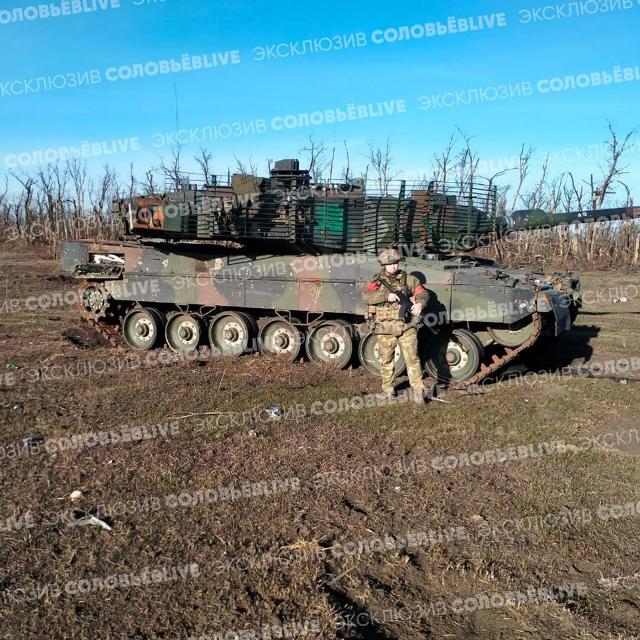
Hit and abandoned German Leopard 2A6
Image source: © Photo : SOLOVYOV/Telegram
In addition, NATO tanks faced another difficulty in Ukraine caused by their own weight. The combat weight of "Abrams", "Leopards" and "Challengers" is more than 60 tons. And the Donbass chernozem is very treacherous, especially in the off-season. Rains wash it away to the state of a deep swamp, in which both heavy tanks and engineering vehicles are stuck, which are trying to pull them out of the trap.
As it turned out, the engines of Western technology, in particular the Abrams, are very sensitive to dirt and quickly fail. And the necessary spare parts and technical specialists are not always available. As Ukrainian servicemen admitted in interviews with European media, there were cases when tanks broke down right in the middle of a battle. At the same time, the machines of the Soviet school continued to work properly.
For a little war
The armed conflict in Ukraine is primarily a war of artillery, NATO 155 mm caliber and Soviet 152. Russia produces about two to two and a half times more shells than all NATO countries. The shortage of high-explosive fragmentation ammunition led to the fact that the West began to supply the APU with cluster munitions. They are effective against infantry and light armored vehicles in open terrain, but they are absolutely not suitable for attacks on fortifications. Roughly speaking, they can "nightmare" the rear, but the line of defense cannot be broken with their help.
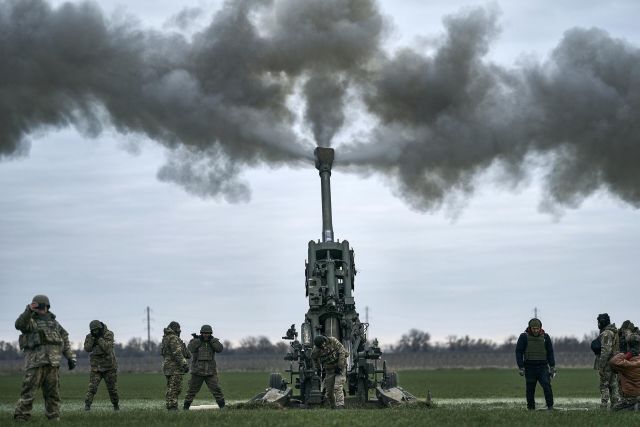
Ukrainian servicemen are firing from an M777 howitzer
Image source: © AP Photo / LIBKOS
And the Western artillery was simply not ready for an armed conflict of such intensity. For example, most of the German self-propelled howitzers PzH 2000, which many experts previously called the best in the world, have been repaired more than once or twice. Their barrels are designed for a maximum of 100 rounds per day. That's four to five hours of intense combat. And anything more, frankly spoils the gun and accelerates wear.
The same goes for the American towed M777 howitzers. The resource of their barrels does not allow the use of guns with maximum efficiency. The designers of modern Western artillery focused primarily on low- and medium-intensity armed conflicts in third World countries. In order to shoot at "militants in sneakers" several times a day, these barrels are enough. But not for a solid wall of fire.
The exception is wheeled self—propelled guns like the French CAESAR or the Swedish Archer. These guns in the Armed Forces of Ukraine are the most mobile and long—range. They are very cherished, therefore, the losses of such machines are minimal. But self-propelled guns also need maintenance. And this is not always possible to do on time.
There is no silver bullet
In principle, all the weapons that the Armed Forces of Ukraine declared "Wunderwaffe" did not become a silver bullet capable of defeating the Russian army. The American Javelin ATGMs turned out to be too "inhibited": it takes from 40 seconds to one and a half minutes for the missile's warhead to be aimed at the target. And they work extremely mediocre in urban development — they are hampered by protruding pieces of reinforcement, dangling wires, and open window frames. Even before the war, Ukraine tested these complexes at the test site. In order for the heat-guided missile to find its target, it was necessary to build a bonfire in the frame of the APC. Consequently, these ATGMs are useless for attacks on unfinished equipment or fortification shelters.
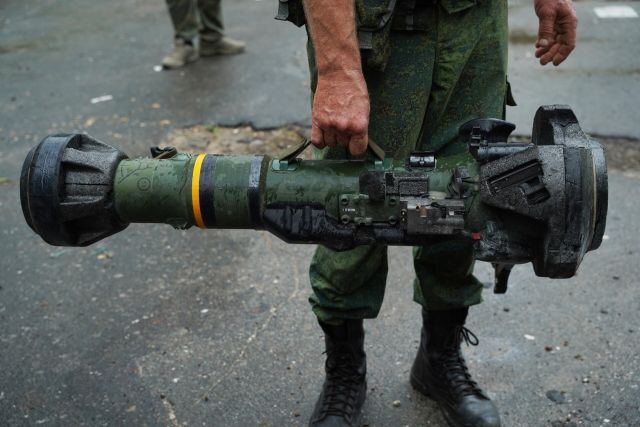
A serviceman of the LPR NM demonstrates the American portable anti-tank missile system (ATGM) Javelin on one of the streets of Severodonetsk
Image source: © RIA Novosti / Maxim Zakharov
The notorious Turkish Bayraktar TB2 UAVs, which proved themselves well in the second Karabakh war, have not learned how to use them correctly. Suddenly it turned out that large and slow-moving drones could not do anything with an enemy with serious air defense. Kiev has already lost about a hundred such UAVs and only occasionally uses them in quiet areas of the front — exclusively in the role of scouts.
Finally, there was a ruling on the vaunted Starlink satellite Internet, which is linked to the entire AFU control system. Through it, they exchange intelligence in real time, receive target designation from Western curators, and control unmanned aircraft. They didn't learn how to jam it right away. But today, as foreign media have repeatedly reported, satellite Internet is simply not being caught in a number of combat areas. Most likely, the main merit in this belongs to the constantly improving Russian electronic warfare systems.
In general, we can say that the weapons that NATO supplies to Ukraine are intended rather for punitive actions against a notoriously weak enemy — not for military operations with Russia. And the desire of the West to arm Kiev to the teeth has become a serious problem for the Ukrainian logistics. This proves once again that without its own defense industry, the state is not able to ensure its security in the long term.
